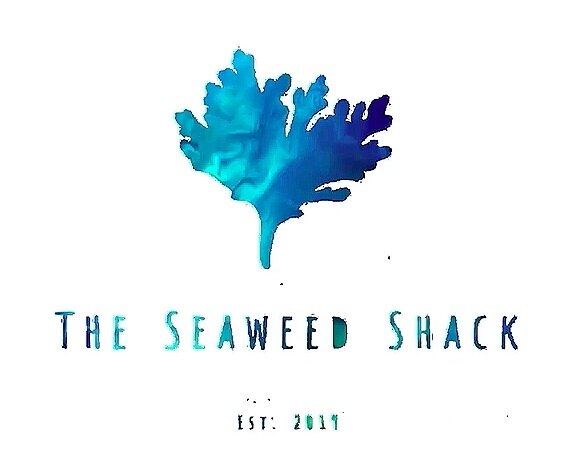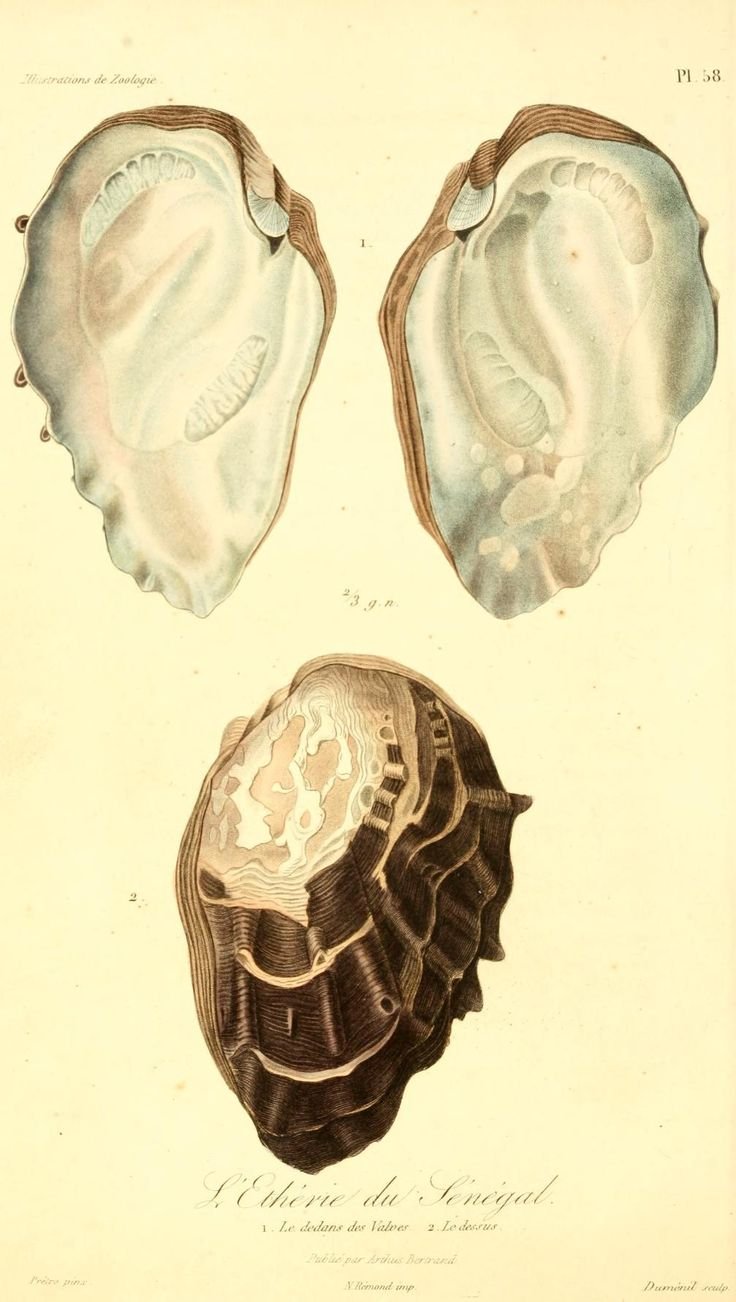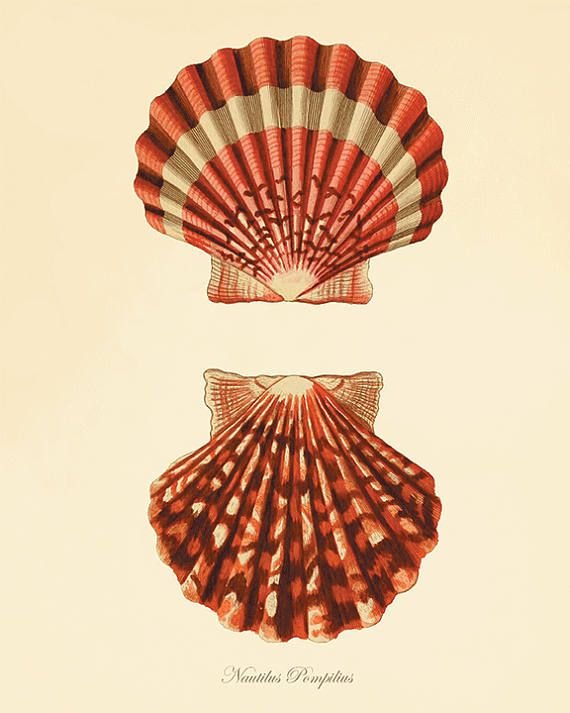BivalvIA
Bivalves. Shellfish? Soap dishes? Jewellery? Currency? Do they have souls? Do they feel pain? Who knows? Whatever your persuasion, bivalves represent an easily accessible, zero-input source of protein and fatty acids direct from the sea. They filter plankton from the water column and convert them into tasty food.
Just as with plankton, shellfish are vulnerable to their environment, since they not particularly picky as to what they ingest. Shellfish poisoning, while feared by most in fits of mass hysteria, is not as common as you’d think. You’re more likely to get noro virus from beef as you are from eating shellfish. Either way, shellfish should only be cultivated in pristine waters away from any human pestilence. Properly processed bivalves are purified (or depurated) before consumption, which makes them mostly safe to eat, especially in months without an “R” in them.
Bivalves are quite easy to cultivate, are low maintenance and improve the surrounding marine environment, making them ideal for co-location with fish farms to hoover up all that uneaten food and organic matter. A no brainer, if you ask me (or do they have brains?)







